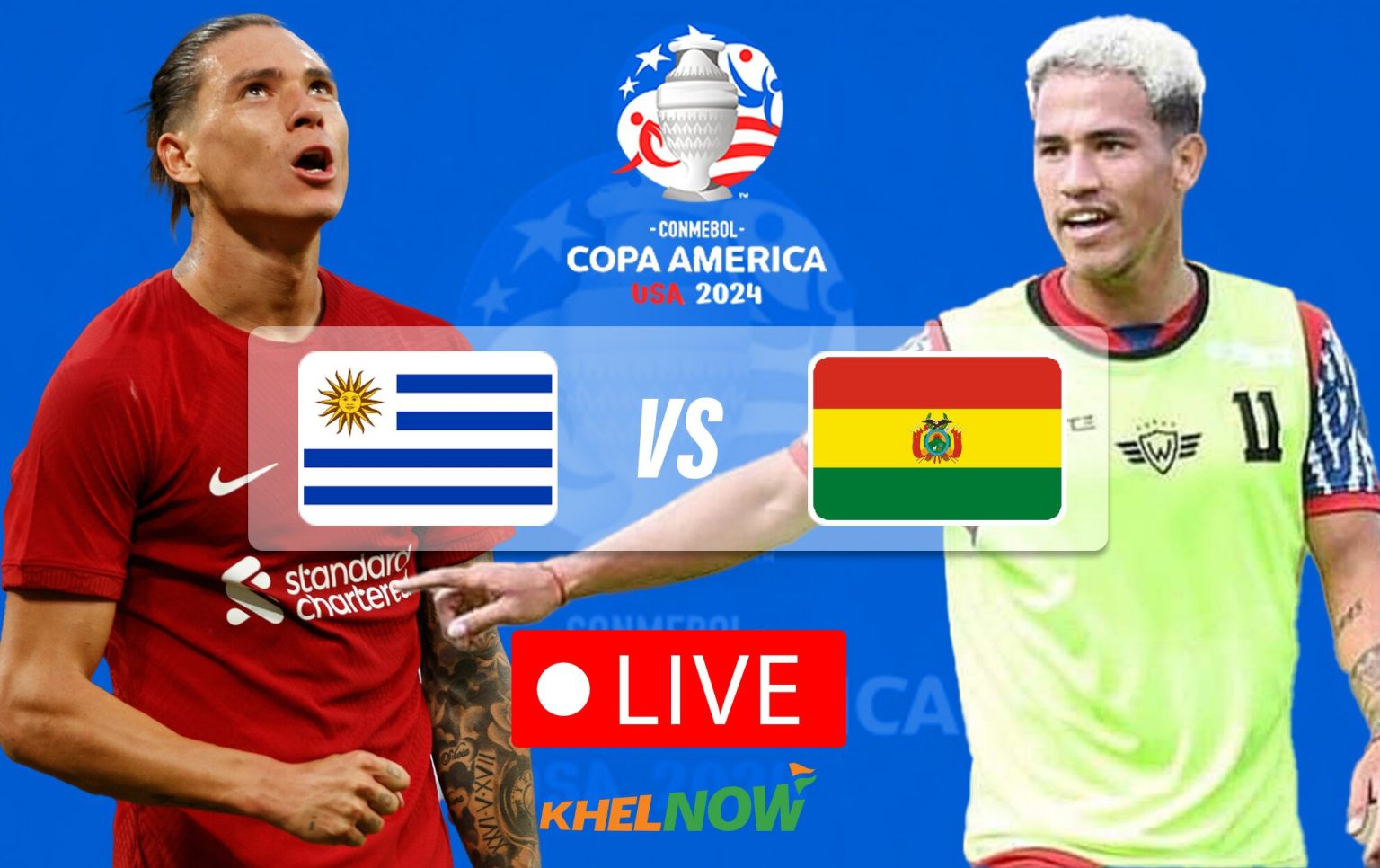Historical Context
Bolivia vs uruguay – The rivalry between Bolivia and Uruguay dates back to the early 1900s, when both countries were vying for control of the Chaco Boreal, a sparsely populated region that was rich in natural resources.
Bolivia and Uruguay, two South American powerhouses, faced off in a thrilling match that kept fans on the edge of their seats. The intensity of their rivalry was palpable, each team determined to prove their superiority. Yet, as the game reached its climax, the focus shifted across the Atlantic to another fierce encounter: France vs Belgium.
This clash of European titans promised an equally captivating spectacle, showcasing the world’s finest footballers. But as the dust settled on both matches, the attention returned to Bolivia and Uruguay, their rivalry undiminished.
The Chaco War, which lasted from 1932 to 1935, was a bloody conflict that resulted in the deaths of over 100,000 people. The war ended with a peace treaty that awarded most of the Chaco Boreal to Paraguay, but the conflict left a lasting legacy of bitterness and mistrust between Bolivia and Uruguay.
The rivalry between Bolivia and Uruguay on the soccer field is as old as the sport itself. But it was not until the emergence of Uruguay soccer star Luis that the matches between these two nations took on a new level of intensity.
Luis, with his unmatched skill and determination, led Uruguay to victory after victory over Bolivia, cementing his place as one of the greatest players in the history of the sport and deepening the rivalry between the two countries.
Political and Cultural Factors, Bolivia vs uruguay
In addition to the Chaco War, there are a number of other political and cultural factors that have contributed to the rivalry between Bolivia and Uruguay.
- Bolivia is a landlocked country, while Uruguay has access to the Atlantic Ocean. This has led to a long-standing rivalry over trade and access to resources.
- Bolivia is a predominantly indigenous country, while Uruguay is a predominantly European country. This has led to cultural differences that have sometimes led to conflict.
- Bolivia is a relatively poor country, while Uruguay is a relatively wealthy country. This has led to economic disparities that have sometimes caused resentment.
On-Field Performances

On the field, Uruguay has consistently outperformed Bolivia in international football competitions. Uruguay has won 15 major trophies, including two FIFA World Cups and 15 Copa América titles, while Bolivia has yet to win a major international trophy.
Strengths and Weaknesses
Uruguay’s strengths lie in its strong defense and counter-attacking style of play. The team has a solid backline anchored by experienced defenders such as Diego Godín and José María Giménez. Uruguay also has a talented midfield led by Federico Valverde and Rodrigo Bentancur, who provide creativity and energy in the center of the park.
Bolivia, on the other hand, has a less experienced team and relies more on individual skill than on team play. The team’s strengths lie in its attacking players, such as Marcelo Martins and Juan Carlos Arce, who are capable of creating chances and scoring goals. However, Bolivia’s defense is often vulnerable to counter-attacks, and the team struggles to maintain possession of the ball.
Key Players and Formations
Uruguay typically plays in a 4-4-2 formation, with Luis Suárez and Edinson Cavani leading the attack. The team’s midfield is composed of Valverde, Bentancur, Lucas Torreira, and Matías Vecino. In defense, Godín and Giménez are joined by Martín Cáceres and Giovanni González.
Bolivia, on the other hand, often plays in a 4-3-3 formation, with Martins and Arce supported by Ramiro Vaca in attack. The team’s midfield is composed of Alejandro Chumacero, Erwin Saavedra, and Leonel Justiniano. In defense, Adrián Jusino, Jairo Quinteros, Luis Haquin, and Roberto Fernández are the usual starters.
Cultural Impact: Bolivia Vs Uruguay

The rivalry between Bolivia and Uruguay transcends the realm of sports, deeply ingrained in the cultural fabric of both nations.
Fan Culture and Traditions
In Bolivia, the national team is known as “La Verde” (The Green), and its fans are renowned for their passionate support and unwavering belief in the team’s potential. Bolivian fans often don green jerseys, waving flags and chanting slogans that evoke national pride and unity. In contrast, Uruguay’s national team is nicknamed “La Celeste” (The Sky Blue), and its supporters are known for their organized and boisterous presence at matches. Uruguayan fans create a vibrant atmosphere with their drums, songs, and pyrotechnics, showcasing their unwavering loyalty to the team.
Social and Economic Implications
The rivalry between Bolivia and Uruguay has significant social and economic implications. Victories and defeats can spark national euphoria or disappointment, uniting or dividing the populace. The rivalry also drives economic activity, as fans purchase merchandise, attend matches, and engage in sports-related businesses. Moreover, the rivalry has fostered a sense of camaraderie and respect between the two nations, despite their contrasting histories and economic disparities.